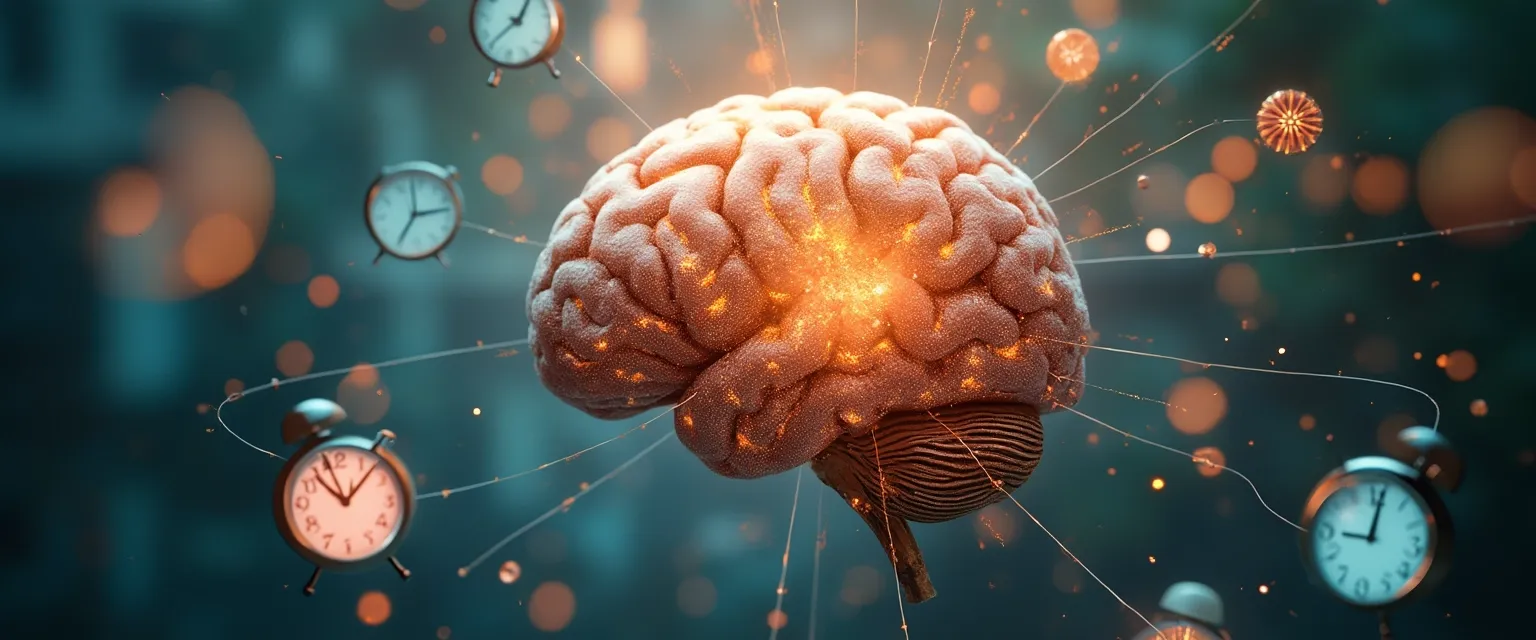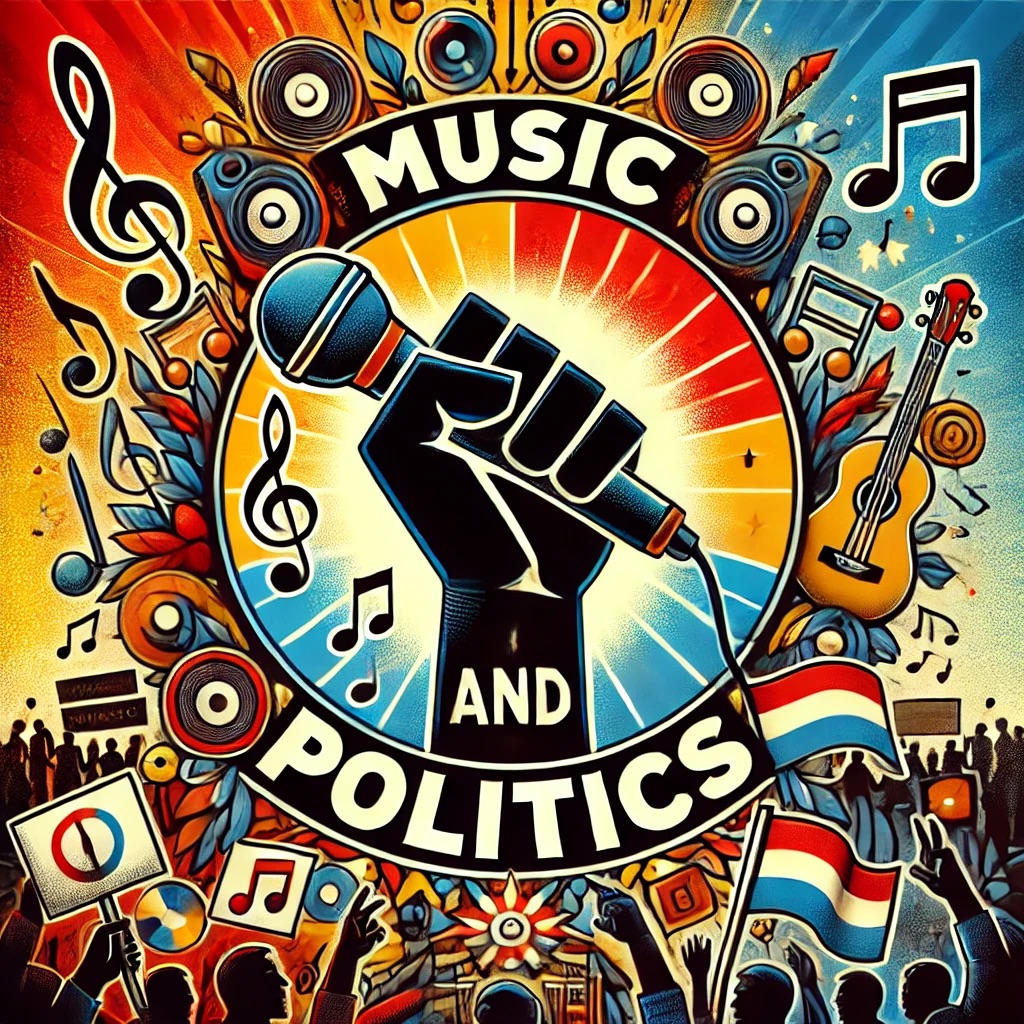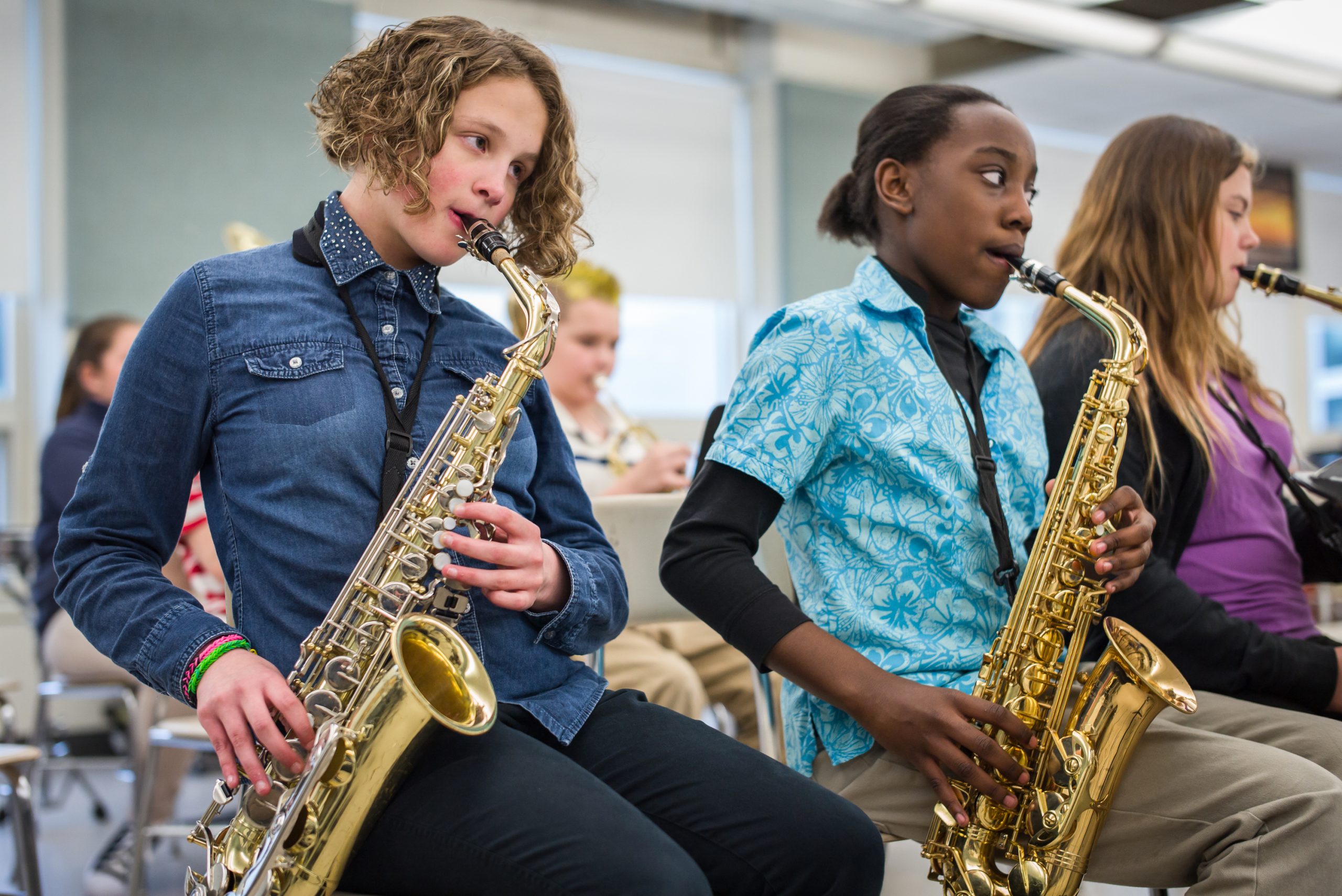The Science of Rhythm: Understanding Its Effects on Creativity and Cognitive Functioning

The Intricacies of Rhythm in Everyday Life
The phenomenon of rhythm is omnipresent in our daily lives, influencing everything from music to natural cycles. But beyond its auditory appeal, research reveals that rhythm plays a crucial role in enhancing creativity and cognitive functioning. It is not just a backdrop to our experiences; it actively shapes how we learn, interact, and innovate.
This exploration into the science of rhythm sheds light on its profound implications in our lives. One of its most significant impacts is on learning and memory retention. Studies have shown that rhythmic patterns can enhance our ability to absorb information. For instance, children learn better when they are taught using rhythmic chants or songs, as the repetitive nature of the rhythm helps to cement concepts in their memory. This is evident in educational programs like “Kindermusik,” which incorporate musical instruction to aid cognitive development in young learners.
In addition to facilitating memory, rhythm also boosts problem-solving skills and innovation. Engaging in rhythmic activities, such as drumming or dancing, stimulates the brain’s frontal lobe—the area associated with higher-level thinking and creativity. An example can be seen in neuroscience research, which indicates that musicians often perform better on IQ tests than non-musicians, suggesting a correlation between rhythmic training and enhanced intelligence.
Furthermore, rhythm fosters emotional well-being and social connections. Group activities that involve rhythm, such as drum circles or dance classes, not only create an enjoyable atmosphere but also cultivate community and cooperation. Research published in the “Journal of Positive Psychology” indicates that participating in such rhythmic communal activities can lead to increased feelings of happiness and connectivity among individuals.
As we delve deeper into this topic, we will uncover the interconnectedness of rhythm with neurological processes and examine practical applications in educational and therapeutic settings. For instance, music therapy, which often employs rhythmic elements, has been shown to assist individuals with trauma or anxiety, creating pathways for healing and emotional expression. Moreover, incorporating rhythm into routine practices, such as rhythmic breathing or rhythmic exercise, can enhance one’s creative output and overall performance in various activities.
Whether you’re an artist, a teacher, or simply someone curious about the workings of the human brain, understanding the science of rhythm may offer valuable insights into unlocking your potential. The world is rich with rhythmic patterns—embracing and utilizing them can lead to a better grasp of both creativity and cognitive skills. Join us on this fascinating journey into the rhythm that shapes our lives, and explore practical ways to integrate it into your everyday routines for a more engaged and enriched experience.
DISCOVER MORE: Click here to unlock the transformative power of creativity
The Role of Rhythm in Learning and Memory
At the heart of the science of rhythm lies an intricate relationship with learning and memory retention. Numerous studies indicate that incorporating rhythmic patterns into educational practices can significantly improve how information is absorbed and recalled. For example, rhythmic elements in teaching strategies—such as clapping, chanting, or singing—are not just engaging but functional. This approach enhances cognitive functioning, making complex concepts more digestible and memorable, particularly for younger learners.
Moreover, the phenomenon of rhythm engages the brain’s natural inclinations. Neuroscientific research shows that rhythm stimulates specific neural pathways, supporting the idea that music and rhythm can serve as effective learning tools. In fact, a study published in the journal “Nature Neuroscience” revealed that individuals who learned information in a rhythmic context showed increased neural synchronization, signaling enhanced connectivity in brain regions associated with memory. This research suggests that learning with rhythm not only makes lessons enjoyable but fundamentally reshapes how information is encoded in our memory.
Enhancing Creativity Through Rhythm
Besides fostering memory, rhythm also plays a pivotal role in enhancing creativity. Engaging in rhythmic activities activates the brain’s frontal lobe, which is crucial for higher-order thinking processes—such as problem-solving and innovation. This area of the brain is responsible for assessing situations, generating ideas, and executing plans, all of which are vital in creative pursuits.
Participating in activities such as drumming, dancing, or even tapping your foot to music can lead to increased levels of dopamine, a neurotransmitter linked to pleasure and motivation. Studies indicate that when individuals engage in these rhythmic activities, they often experience a surge in creative thinking and spontaneous idea generation. A fascinating study by researchers at the University of Blekinge found that individuals who engaged in rhythmic exercises displayed higher performance in creativity tests compared to those who did not.
Rhythm’s Impact on Social Connections
In addition to its cognitive benefits, rhythm also plays a key role in enhancing social connections. Activities that involve coordinated movement, such as group dances or communal drumming circles, foster a sense of community and cooperation among participants. The rhythmic synchronization that occurs during these activities can create deep emotional bonds and increase feelings of empathy and social alignment among group members.
- Enhances memory retention through rhythmic learning techniques
- Stimulates the frontal lobe for improved creative thinking
- Fosters social connections and cooperative interactions
Thus, understanding the science behind rhythm provides valuable insights into its multifaceted effects on our cognitive abilities and interpersonal relationships. As we continue to uncover the underlying mechanisms, we open up new avenues for applying rhythm in educational and therapeutic settings, potentially transforming learning experiences and enhancing emotional well-being across various domains.
The Science Behind Rhythm and Its Impact on Cognitive Abilities
Rhythm is a fundamental aspect of human life, influencing various domains, including emotional well-being and cognitive processing. Scientific research increasingly reveals that engaging with rhythm can significantly enhance creativity and cognitive functioning. One of the most compelling findings comes from studies indicating how rhythm can facilitate brain connectivity, ultimately improving mental agility.
Neuroscience of Rhythm
The brain exhibits a unique response to rhythmic stimuli. Neuroimaging studies have shown that rhythmic entrainment—the synchronization of neural rhythms with external rhythmical stimuli—can lead to enhanced activation in the areas responsible for memory, language, and creativity. This neural interaction fosters a conducive environment for creative thought and problem-solving. Furthermore, a study published in *Frontiers in Psychology* demonstrated that individuals exposed to rhythmic music exhibited greater fluency in creative tasks compared to those in silence.
Practical Applications of Rhythm
The applications of these findings extend beyond artistic endeavors. In educational settings, incorporating rhythm-based activities can stimulate students’ engagement and comprehension. For instance, teachers using rhythmic patterns in instructions may find that students not only retain information better but also improve their collaborative skills. Similarly, workplaces implementing rhythmic breaks have reported enhanced teamwork and innovative output. Beyond education and work, recreational engagement with rhythm through dance or music has shown positive effects on mental health. Regular participation in rhythm-based activities can reduce anxiety and promote a greater sense of well-being, making it easier to think creatively and effectively tackle challenges.
| Category | Description |
|---|---|
| Enhancing Creativity | Exposure to rhythm activates areas of the brain linked to creative thinking. |
| Improving Cognitive Function | Rhythmic activities enhance brain connectivity, leading to better memory and problem-solving skills. |
As we delve deeper into the connections between rhythm, creativity, and cognitive functioning, it becomes clear that embracing rhythmic practices can enrich our daily lives, foster innovation, and enhance overall mental health. The interplay between these elements opens exciting avenues for both research and practical applications in various fields.
DIVE DEEPER: Click here to discover more
The Therapeutic Applications of Rhythm
The therapeutic applications of rhythm have gained traction in recent years, underscoring its significance beyond educational or creative spaces. Music therapy, for instance, leverages rhythm as a tool to facilitate emotional healing and cognitive rehabilitation. Therapists often incorporate rhythmic elements to help patients suffering from neurological disorders, such as Parkinson’s disease or stroke. Studies indicate that rhythmic auditory stimulation can enhance motor functions, improve gait, and positively impact the emotional state of individuals in recovery.
Research from the American Journal of Music Therapy shows that patients engaging in rhythmic activities often demonstrate improved emotional regulation and reduced anxiety levels. This is supported by evidence suggesting that rhythm can activate the brain’s reward pathways, similar to how it influences dopamine release during creative activities. Therefore, harnessing rhythm in therapeutic contexts proves valuable not only for physical recovery but also for emotional and cognitive support.
Rhythm and Mental Health
Rhythm’s beneficial impact extends into the realm of mental health. Engaging with music and rhythmic activities has been shown to alleviate symptoms of depression and anxiety. A comprehensive analysis published in the journal “Psychological Bulletin” highlights that people who participate in rhythmic exercises often report experiencing greater emotional resilience and coping mechanisms, contributing to an enhanced sense of psychological well-being.
For instance, group drumming sessions have become increasingly popular as a method for stress relief and emotional expression. In these settings, participants not only benefit from the cathartic release associated with playing an instrument but also from the shared experience of rhythm, which fosters a communal support system. This aspect is vital, as studies suggest that social connections greatly influence mental health outcomes, and rhythmic activities facilitate bonding and a sense of belonging.
The Evolution of Rhythm Research
The study of rhythm is still evolving, with promising new research shedding light on its complexities and far-reaching consequences. Neuroscientists are increasingly exploring how rhythmic entrainment—the process of synchronizing one’s body to rhythmic stimuli—may impact brain function. This line of inquiry includes investigating how rhythm can enhance focus and attention, particularly in individuals with attention deficit disorders.
Preliminary findings indicate that exposure to rhythmic stimuli can improve cognitive control and reduce distractions. For example, a study conducted by researchers at the University of California, San Diego, revealed that individuals with ADHD showed remarkable improvements in task performance and focus when working in a rhythmic environment. Such discoveries reinforce the potential for rhythm to play a pivotal role in enhancing cognitive functioning, particularly in contexts where concentration is essential.
- Music therapy employs rhythm for emotional healing and cognitive rehabilitation
- Rhythm activities may alleviate symptoms of depression and anxiety
- Ongoing research explores rhythm’s impact on focus and cognitive control, especially for individuals with attention disorders
As we delve deeper into the science of rhythm, it becomes increasingly clear that its effects reach beyond mere enjoyment or educational enhancement. Whether through therapeutic methods, mental health interventions, or cognitive training, rhythm holds extraordinary potential to revolutionize how we understand and approach creativity and cognitive functioning. This exploration paves the way for innovative applications, ensuring that rhythm remains a central element in shaping human experience and interaction.
DISCOVER MORE: Click here to explore the art of landscape photography
Conclusion
In summary, the exploration of the science of rhythm reveals profound implications for both creativity and cognitive functioning. Through various therapeutic applications, rhythm emerges as a powerful ally in enhancing emotional healing and cognitive rehabilitation, especially for individuals coping with neurological and mental health challenges. Evidence shows that rhythmic activities not only aid in the recovery of motor functions but also foster emotional resilience, giving insight into how rhythm can serve as a conduit for both physical and psychological well-being.
Moreover, the continued evolution of research in this field highlights rhythm’s effectiveness in improving focus and cognitive control. As seen in studies with individuals experiencing attention deficit disorders, rhythmic stimuli can significantly enhance task performance. This opens up new avenues of understanding, suggesting that rhythm may play a pivotal role in educational and therapeutic practices.
Ultimately, the integration of rhythm into our daily lives—from music therapy sessions to communal drumming—emphasizes its importance in fostering creativity, collaboration, and emotional health. The journey into the depths of rhythm’s influence is far from over, with numerous opportunities for further research and application unfolding. As we deepen our understanding, we pave the way for innovative approaches that harness the transformative power of rhythm, allowing us to navigate and enrich the human experience in unprecedented ways.


